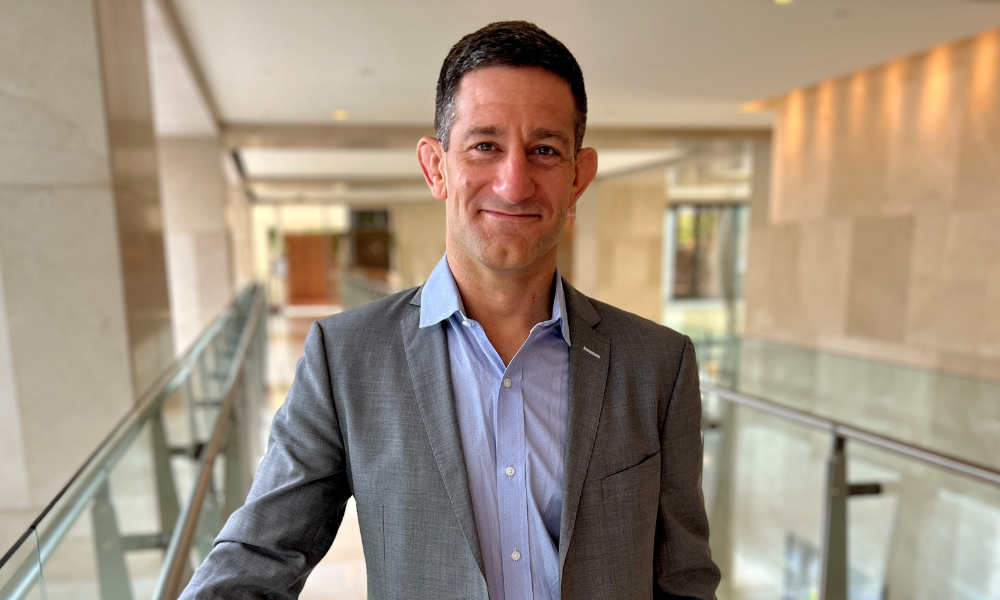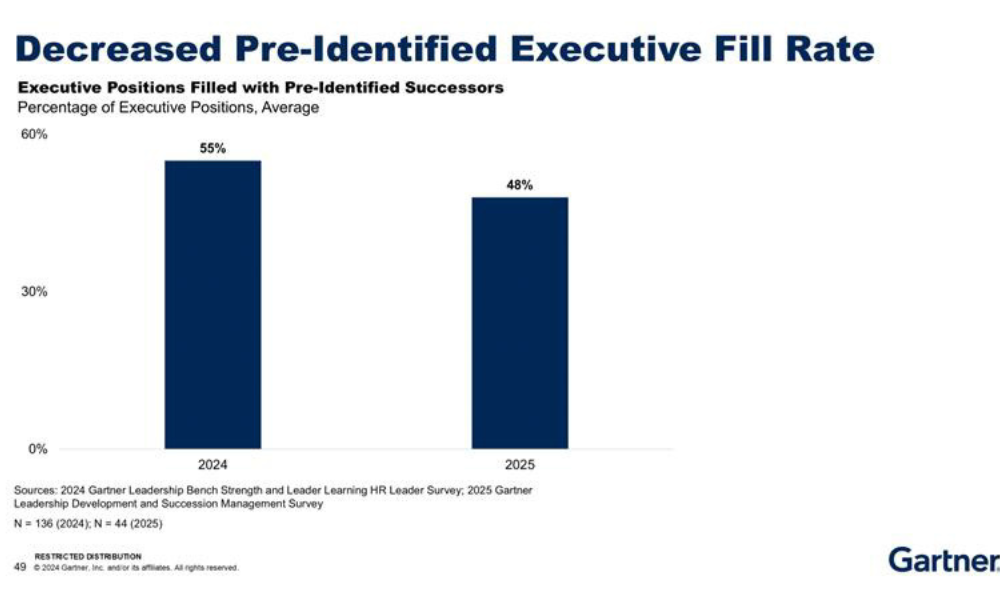
Expert cites 3 mistakes made by employers – and provides key steps for effective succession planning

Having a clear goal for the organisation's succession planning is the key to making it work, according to an expert.
Succession planning is a critical process in organisations where internal talent is identified and developed to step into key leadership roles when current leaders move on, retire, or get promoted.
Jonathan Tabah, Director, Advisory at Gartner, said there are three issues with succession plans.
"Either the wrong talent was identified, senior executives didn't buy into the process, or development efforts left the employee underprepared for the role. Sometimes, it's all three," he said.
These issues have led to failures in succession planning in organisations. Data from Gartner revealed that executive positions filled with pre-identified successors dropped to 48% in 2025, down from 55% in 2024.

Speaking to HRD, Tabah said one of the first things that most organisations can do better at when it comes to their succession planning process is having a clear goal.
"Very few organisations have, in my experience, clear consensus around what business and talent objectives succession planning serves and supports. I would start there," the director said.
"What I mean by that is why do we do succession planning at all? What is the outcome the business wants in return for making this investment of doing succession planning?"
A common answer to this is risk mitigation, so organisations can be confident that critical roles aren't unattended with talent who isn't capable of executing them well.
But according to Tabah, there are other reasons to conduct succession planning, including accelerating transformation, achieving diversity goals, and driving business performance or productivity.
"So, my number one piece of advice is sit down with your business stakeholders and get a clear understanding of what business and talent objectives this is here to serve."
Tabah emphasised that a successful succession plan starts with identifying the roles that require such planning.
"A good succession plan starts by analysing which roles are the most critical for performance and expose organisations to the most risk, and prioritising roles for succession planning based on those factors, not just seniority," he said.
The second step is ensuring that the succession process is carried out with an objective, accurate, fair, and consistent approach to assessing talent.
"It's not purely based on the downward subjective opinion, but it involves data and oftentimes input from multiple stakeholders to identify the most relevant future leadership talent," Tabah said. "So, the talent identification process must also be fair, objective, and consistent."
Tabah added that an effective succession plan doesn't just identify time to readiness, but also the development or experiential needs for readiness.
"An effective approach knows how and when to communicate with talent, as well as how to measure the efficacy of not just the leadership bench but also the succession planning approach that generates it to report those back up to the board and the executive team," he stated.
To make sure that succession plans are fair and objective, Tabah said HR leaders should begin with the talent identification process.
"This is the most common place in succession plans where bias and subjectivity infiltrate the process," he said. "It shouldn't purely be subjective and downward. The assessment process has to gather objective data to determine performance against a meaningful definition of potential."
There are also places to ensure objectivity in the development planning and the readiness assessment.
"A critical role profile should not only describe the experiences, capability, and knowledge required for a role, but should also prioritise those things," he said.
This can help in determining whether a candidate has all the need-to-have attributes, even if they might be missing some of the nice-to-have qualities, according to Tabah.
"And so, if someone doesn't have the attribute then, or that capability, or that knowledge then, they're not there yet. We have clear indicators that they're not ready. And so, that's another place we can increase objectivity in the process."